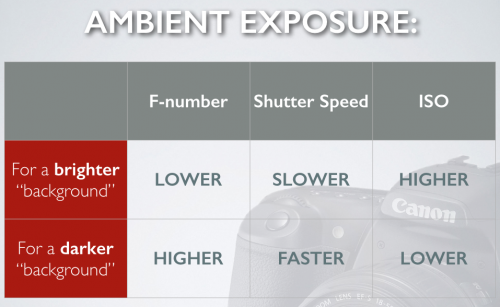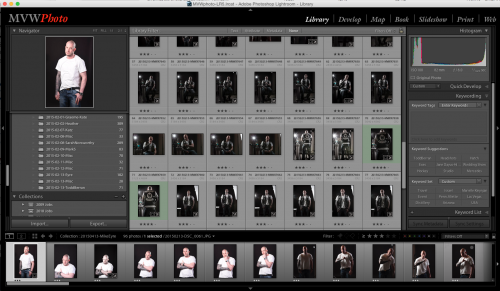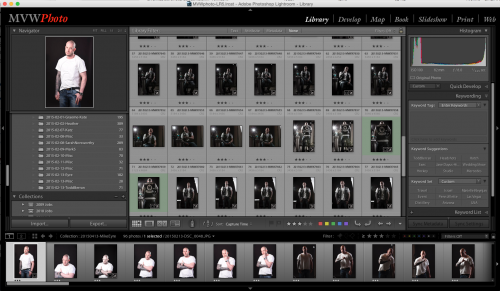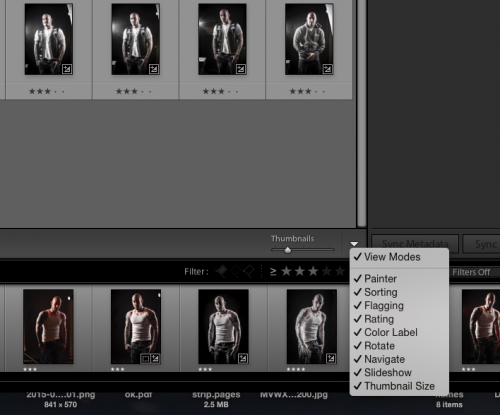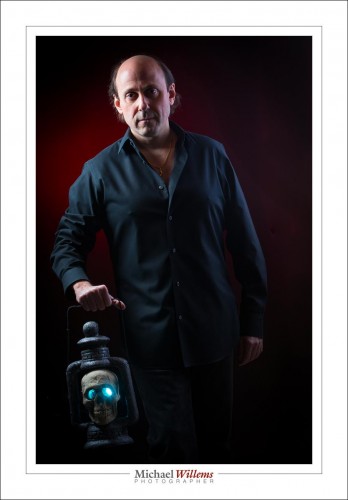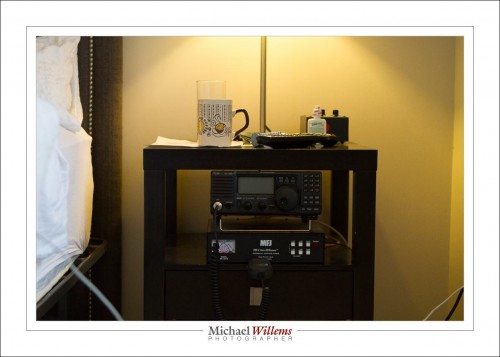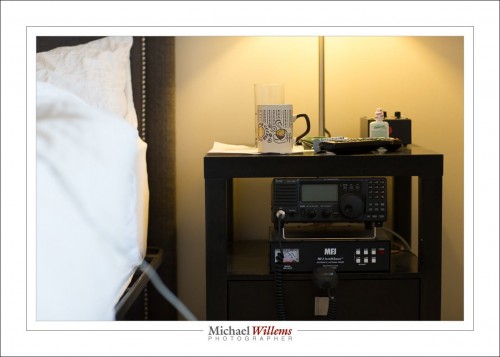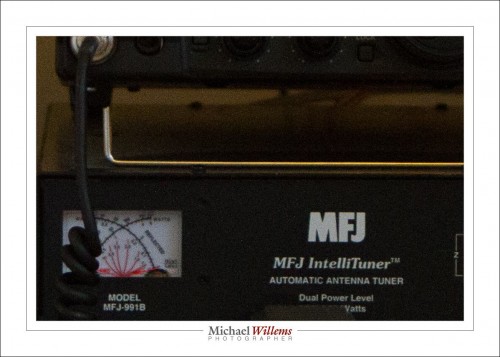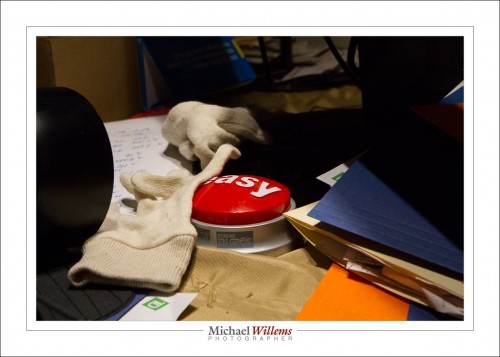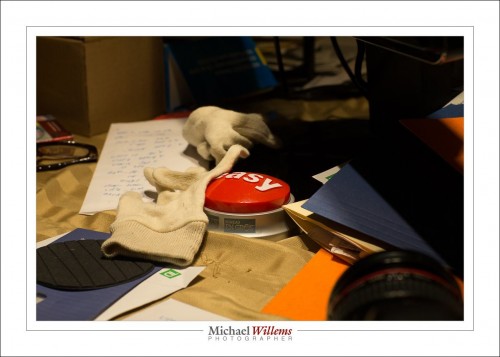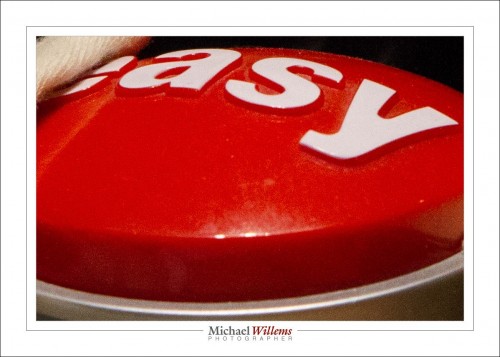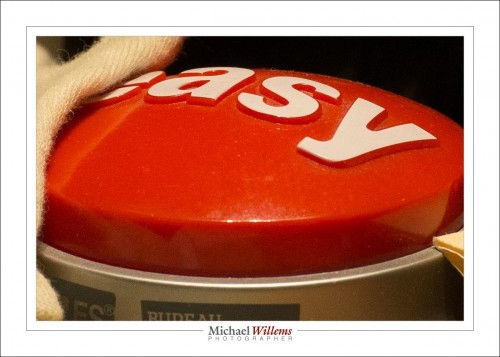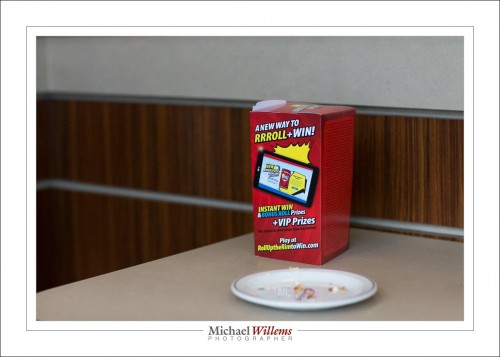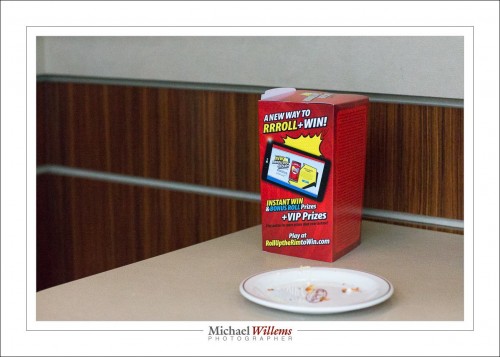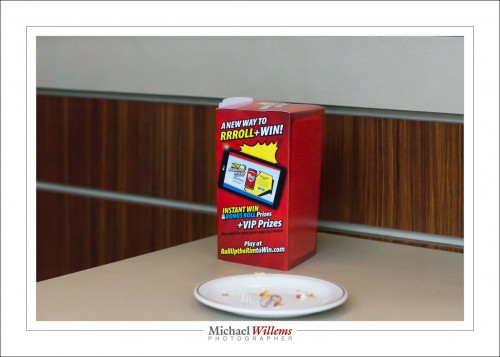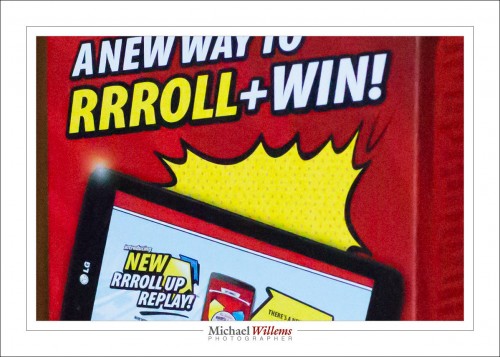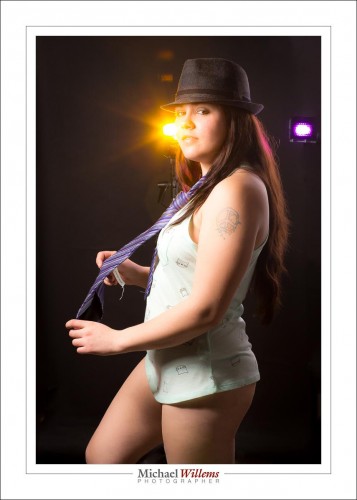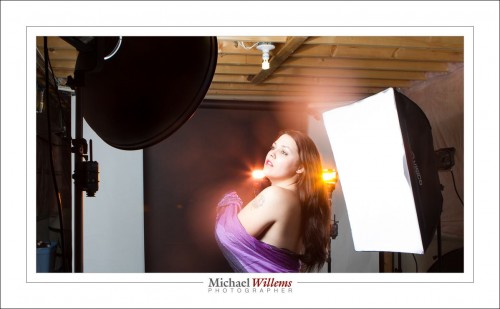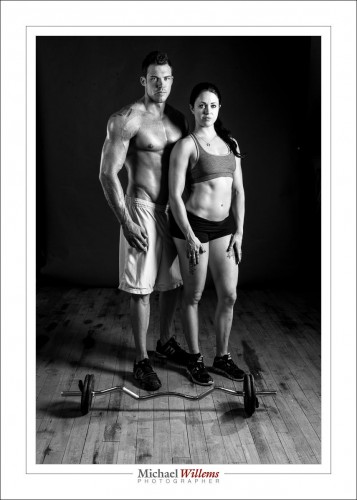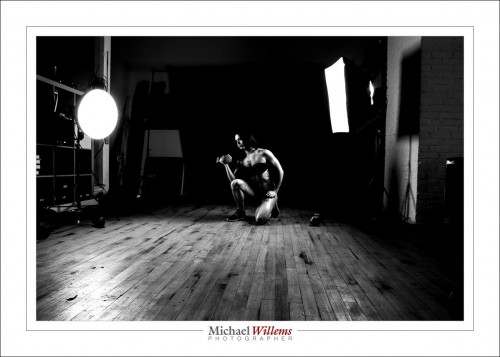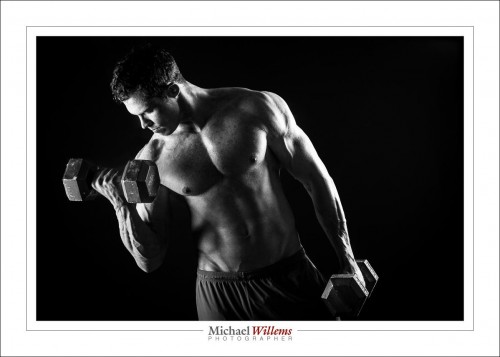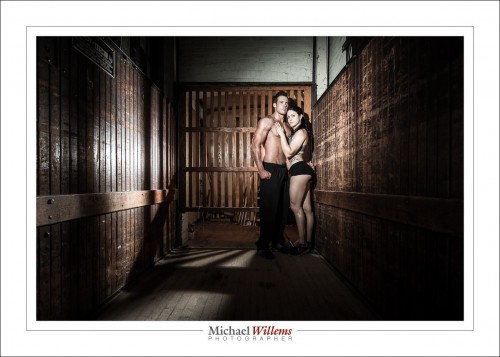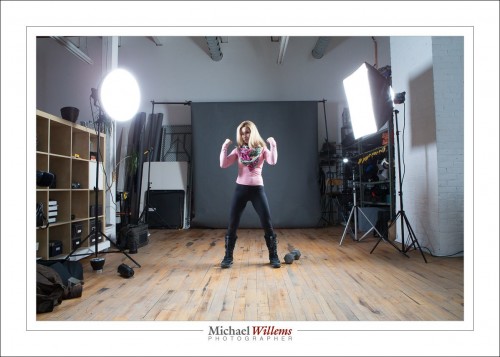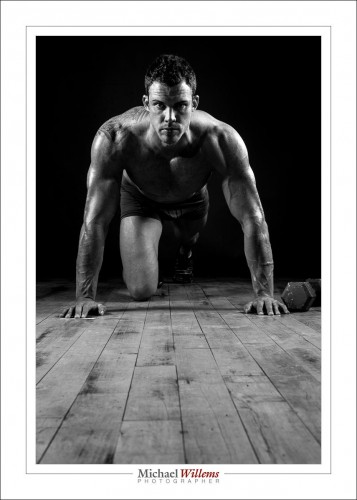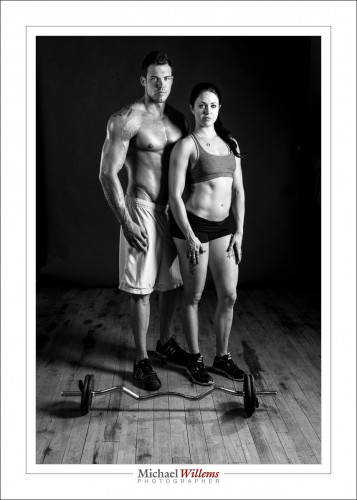Today, a word about stops.
First of all, they are called “stops” because the rotating wheels, like the one for aperture, used to click at certain settings (in the case of aperture, settings like 2.8, 4.0, 5.6, 8, etc).
These “stops” are chosen so that in all quantities, a stop is half, or double, the light. Here’s the options:
- ISO: 100, 200, 400, 800, 1600, 3200, 6400 –> brighter as you increase
- Aperture: f/1.4, 2.0, 2.8, 4, 5.6, 8, 11, 16, 22, 32, 45 —> darker as you increase
- Shutter speed: 1 sec, 1/2, 1/4, 1/8, 1/15, 1/30, 1/60, 1/125, 1/250, 1/500, 1/1000 –> darker as you go faster (to the right).
To keep a picture at the same brightness, you need to increase and decrease by equal amounts. The three are related, in other words, like this:
So these would all be the same brightness:
- 400 ISO, f/4, 1/125
- 800 ISO, f/5.6, 1/125
- 200 ISO, f/8, 1/15
- 100 ISO, f/1.4, 1/250
- 1600 ISO, f/16, 1/30
- 100 ISO, f/1.4, 1/250
- 1600 ISO, f/5.6, 1/250
- 100 ISO, f/5.6, 1/15
So as you see, there is not “one setting” that suits a situation.
Look at the last three. The first one is what I can do in the room I am sitting in right now, with my fast prime 85mm lens. Now if you have an f/5.6 consumer lens, you need to either go to 1600 ISO (grain!), or to 1/15 sec (motion blur!). Just saying.
If you want to be a pro, you need to get a feel for this and for the numbers. So today, set your camera to manual and go take pictures. get a feel for “normal settings”. You should know, without trying, that a dark room at night will not work at 100 ISO, 1/500 sec and f/11. Or that a sunny day will look all white at f/1.4, 400 ISO, 1/40 sec.
And it’s cool to know this stuff!

